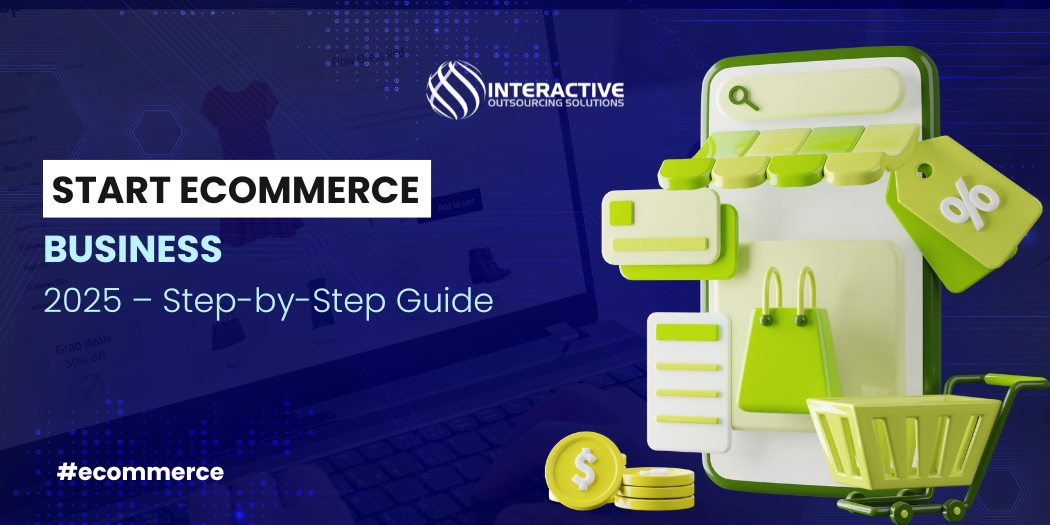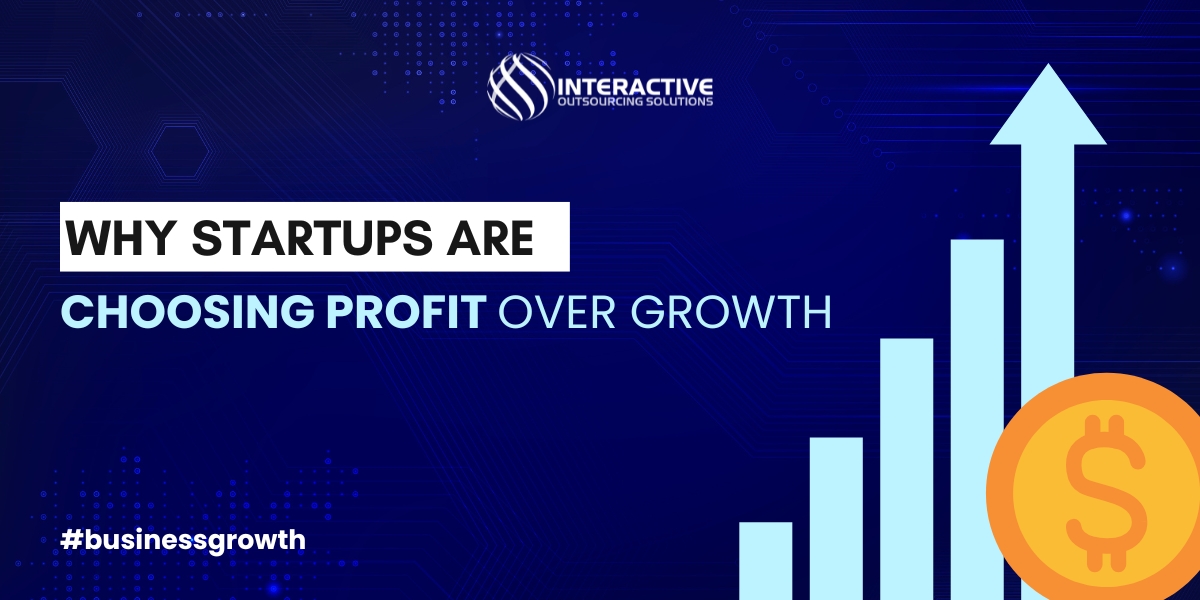Share
How to start an e-commerce business, that’s the big question many aspiring entrepreneurs ask. The idea of running an online store is exciting, but figuring out where to begin can feel overwhelming.
But we have good news for you. Setting up an e-commerce store doesn’t have to be complicated. With the right steps, you can launch a successful e-commerce business and start selling online.
Whether you’re looking for a side hustle or a full-time venture, this guide will help you understand how to get into ecommerce and turn your idea into reality.
How to Start an Ecommerce Business in 5 Simple Steps
Starting an e-commerce business doesn’t have to be complicated. Whether you’re launching a small shop from home or planning something bigger, getting started is easier when you break it down into steps. Here’s a simple guide to help you set up your e-commerce store and start selling:
- Decide what to sell and find the right products
- Research your competitors and plan your business
- Pick a name and set up your e-commerce business
- Figure out shipping and how you’ll market your store
- Launch your store and start getting customers
With a clear plan, you’ll be on your way to building a successful online business.
1. Find Product Opportunities and Choose What to Sell
The first step in starting an e-commerce business is deciding what to sell. This can be one of the toughest decisions, but it’s also the foundation of your success.
Start by identifying products that people need or want, something that solves a problem or aligns with a trend. Look at market demand, check out what’s popular in online marketplaces, and think about your own interests or expertise. Whether it’s handmade goods, digital products, or a curated selection of trending items, choosing the right products will set the stage for a successful e-commerce store.
2. Research Your Competition and Write a Business Plan
Now that you’ve chosen your product and figured out where to source it, the next step is understanding your competition and writing a business plan. Researching other ecommerce businesses in your niche helps you see what’s working, where there are gaps, and how you can offer something unique. Look at their pricing, customer reviews, social media presence, and marketing strategies to identify trends and opportunities. Your business plan should outline these insights, along with your goals, target audience, and financial projections. A solid plan keeps you on track and helps if you ever need funding or partnerships.
3. Choose a Business Name and Set Up Your Online Store
Now that you’ve nailed down your product and business plan, it’s time to bring your brand to life. This step is all about building a strong foundation, starting with a business name, a logo, and an online store that attracts customers and ranks well on search engines.
- Pick a business name and domain: Choose a name that’s unique, easy to remember, and available as a domain. Keep it short and relevant to your niche, and check for trademarks to avoid legal issues down the road.
- Create a simple, recognizable logo: A good logo helps establish brand identity and makes your business memorable. You don’t need to be a designer, tools like Canva and AI-powered logo makers can help.
- Understand search engine optimization (SEO): Before launching your store, get familiar with SEO basics so your website ranks higher on Google. Optimize product descriptions, images, and meta tags to improve visibility.
- Choose the right sales channels: Selling through your website is great, but expanding to marketplaces like Amazon, eBay, and social media platforms can help you reach more customers. Pick the channels that align with your audience and product type.
With these steps in place, you’re ready to start building your online store and creating a seamless shopping experience for your customers.
4. Choose a Shipping Strategy and Set Marketing Goals
As you get closer to launching your ecommerce business, it’s time to figure out how your products will reach customers. A well-thought-out shipping strategy ensures smooth deliveries, while clear marketing goals help drive traffic and sales from day one.
Plan Your Shipping and Fulfillment
Your shipping strategy affects customer satisfaction, costs, and delivery speed. Here are some key decisions to make:
- Shipping options: Will you offer free shipping, flat-rate shipping, or real-time carrier rates? Free shipping can attract more buyers, but you’ll need to factor it into pricing.
- Fulfillment methods: Choose between self-fulfillment, third-party logistics (3PL), or dropshipping based on your business model and order volume.
- International shipping: If you plan to sell globally, consider customs, duties, and international carrier options.
Set Marketing Goals and Track Success
Marketing is what brings customers to your e-commerce store, so defining clear goals upfront is crucial.
- Identify key performance indicators (KPIs): Metrics like website traffic, conversion rates, average order value, and customer acquisition cost help you track success.
- Choose your marketing channels: Decide where to promote your store, social media, email marketing, paid ads, or content marketing, based on where your target audience spends time.
- Create a launch plan: A mix of social media buzz, influencer partnerships, and SEO optimization can help you get traction when your store goes live.
With a solid shipping strategy in place and well-defined marketing goals, you’ll be set up for a strong start in your ecommerce business journey.
5. Launch Your Business
Now that your ecommerce business is set up, it’s time to get the word out and attract customers. A successful launch isn’t just about going live, it’s about ensuring that the right people find your ecommerce store and are encouraged to make a purchase.
Drive Targeted Traffic
The key to effective digital marketing is reaching the right audience. Instead of trying to market to everyone, focus on attracting potential buyers who are most likely to engage with your brand. Here’s how you can go about it:
- Optimize for SEO: Use relevant keywords in product descriptions, blog content, and meta tags to improve search engine visibility.
- Leverage social media: Platforms like Instagram, TikTok, Facebook, and even Snapchat can help showcase your products and connect with potential customers.
- Run paid ads: Google Ads and social media advertising allow you to target specific demographics based on interests, location, and behavior.
- Start an email list: Offer discounts or exclusive content to encourage visitors to sign up. Email marketing helps keep your audience engaged and increases repeat sales.
Monitor and Adapt
Once your e-commerce store is live, track your performance and adjust your strategies based on real-time data.
- Keep an eye on conversion rates, website traffic sources, and customer feedback to identify what’s working.
- Experiment with different marketing tactics, such as influencer collaborations or content marketing, to see what drives the most engagement.
- Continuously optimize your product listings, website speed, and user experience to improve sales.
Launching your ecommerce business is just the beginning. By staying consistent with your marketing efforts and refining your strategies over time, you’ll set yourself up for long-term success.
Final Thoughts
Starting an e-commerce business may seem challenging, but breaking it into steps makes the process manageable. From picking the right products to setting up your store and marketing effectively, each step moves you closer to success.
Stay adaptable, track your progress, and keep improving—whether it’s refining your website or testing different marketing strategies. Most importantly, focus on delivering value to your customers.






